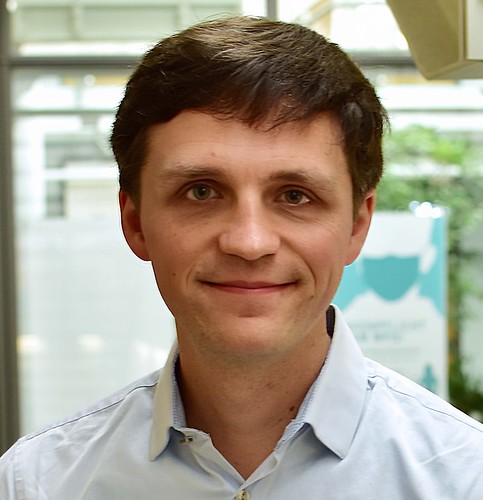
Experiments with quantum gases of ultracold atoms can give new insights into phenomena ranging from pairing in unconventional superconductivity to far-from-equilibrium turbulence.
In the first part of my talk, I will focus on waves in homogeneous three-dimensional Bose-Einstein condensates. At low driving strength and sufficiently strong interactions, we observed the effect of first and second sound in this highly compressible fluid. At a stronger persistent drive, a turbulent cascade emerges transporting energy and particles from small to large wave numbers. In its inertial range, it is characterized by a power-law momentum distribution and scale-invariant energy flux. We experimentally find an equation-of-state characterizing the non-linear relation between amplitude and flux.
In the second part, I will turn to quantum simulations of doped antiferromagnets in Hubbard models. With our quantum gas microscope, we can directly observe the formation of magnetic polarons in an optical lattice: In high-order correlation functions, we image the cloud of spin-correlations surrounding each dopant. Pairs of these charge carriers could be a precursor to high-temperature superconductivity and in recent experiments, we observed such pairs bound by a magnetically mediated attraction.
Host: Nir Navon (nir.navon@yale.edu)